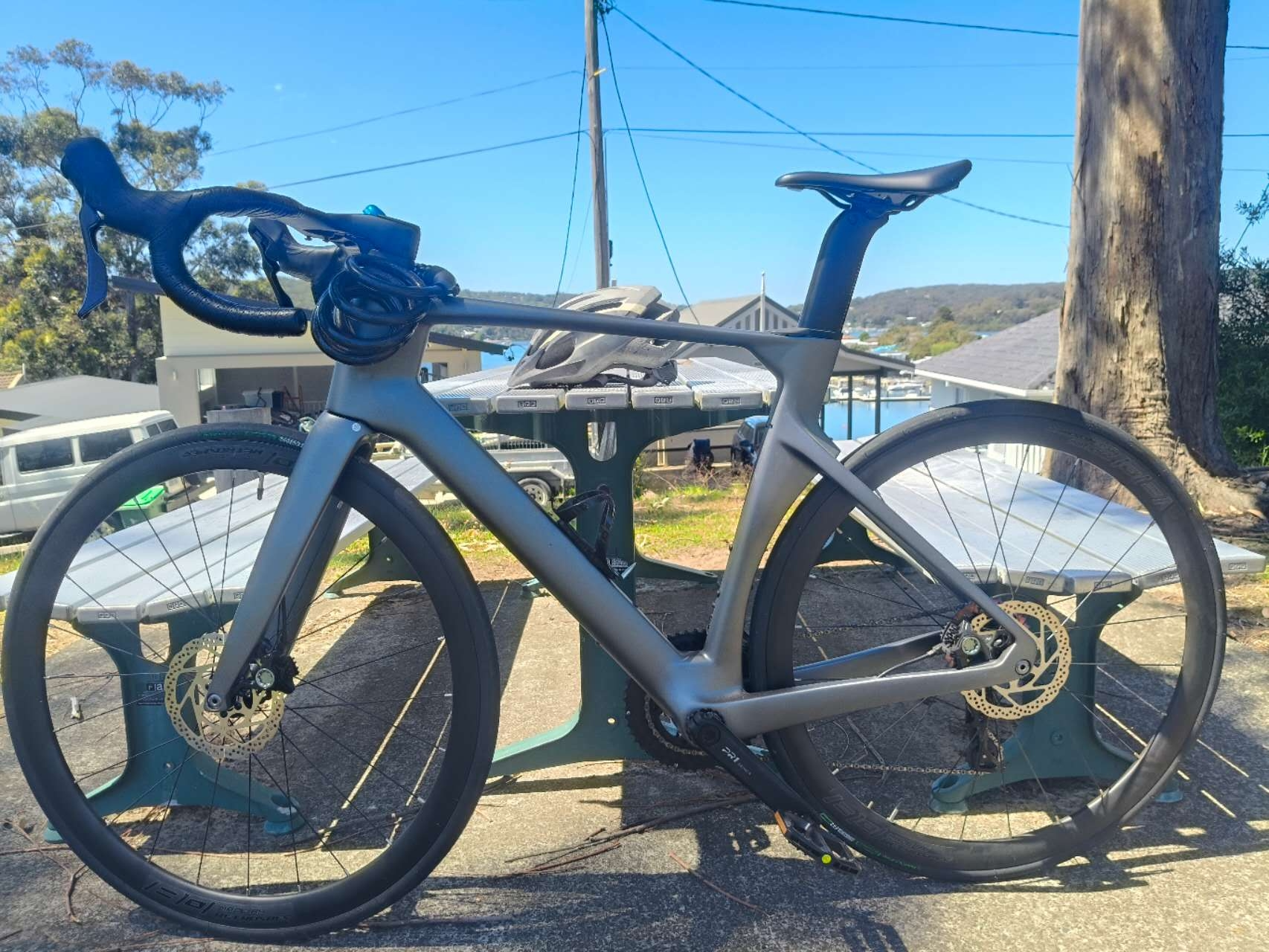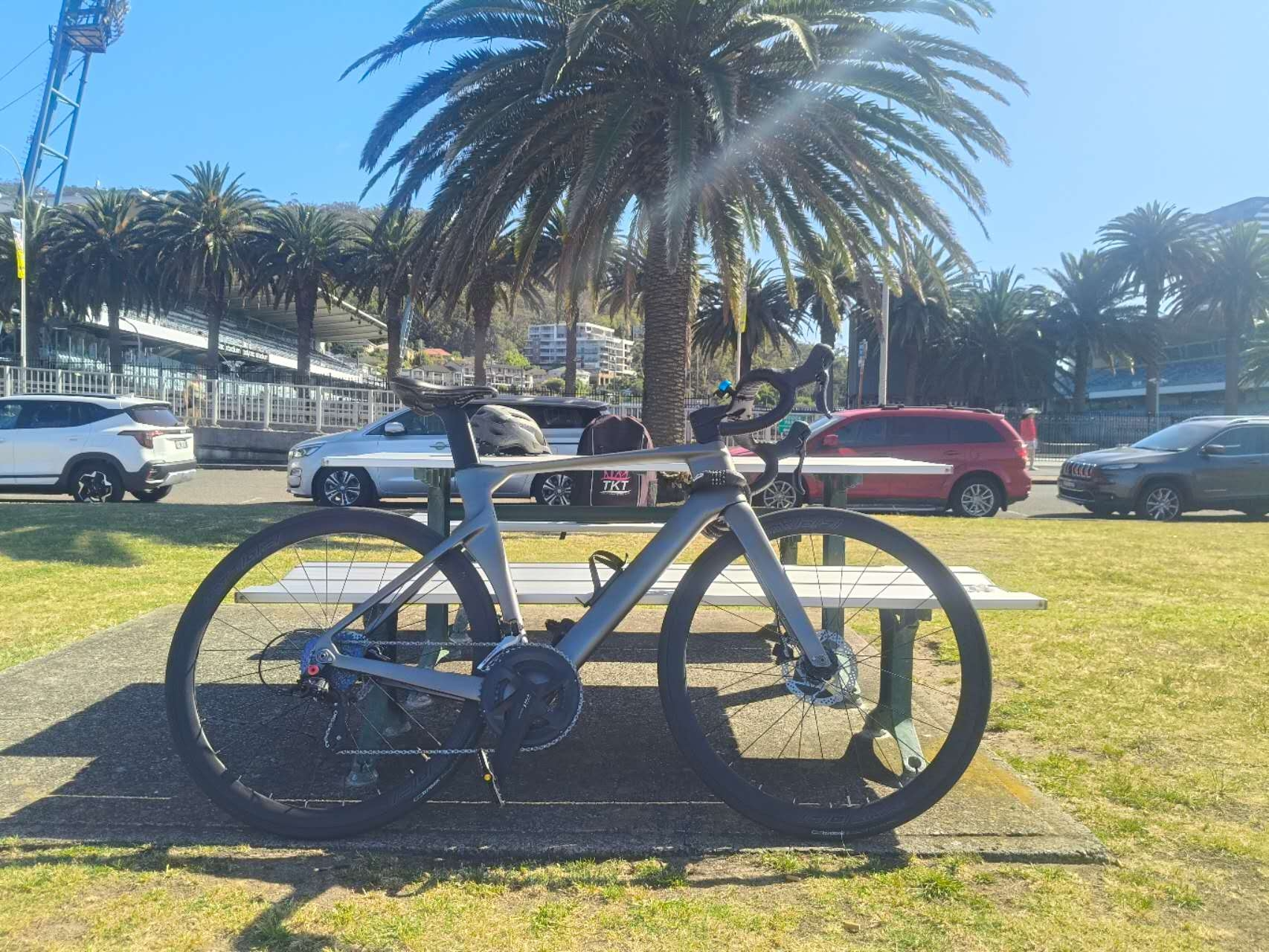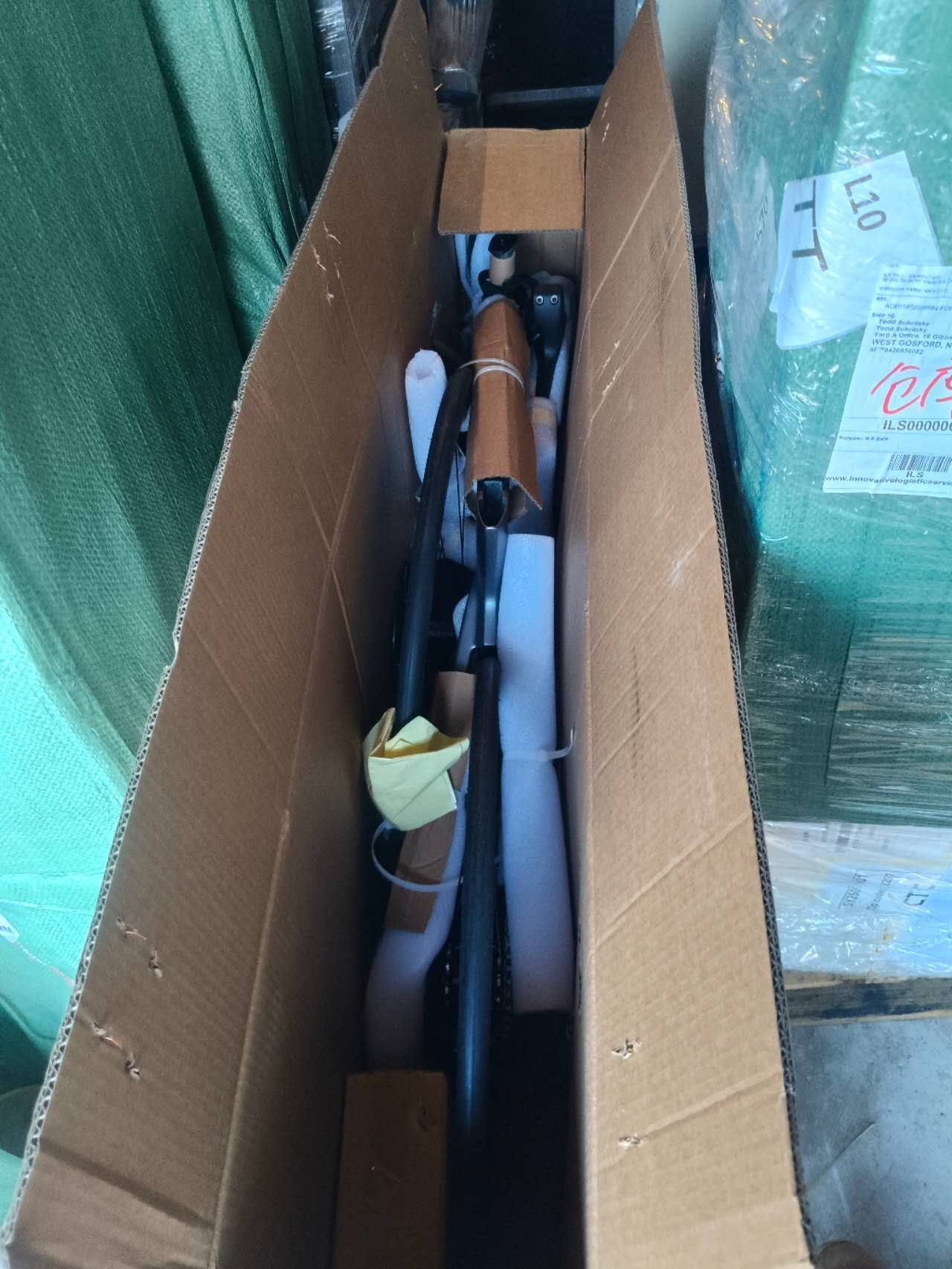Description
Carbon Fibre Road Bike “Terminator” Specs
Carbon fibre type = T800 / T1000 carbon fibre road bikes also available. Get in touch to find out more
- Frame: Carbon fibre / Wind Racing / Internal wiring
- Handlebar group: Aluminium alloy integrated handlebar
- Seat tube: Carbon fibre / Wind Racing drop handlebar shape
- Front fork: Carbon fibre
- Hand shift: RETROSPEC-2 * 11-speed oil disc hand shift
- Front derailleur: RETROSPEC-2 speed
- Rear derailleur: RETROSPEC-11 speed
- Chainring: SENICX Yuyong – PR6 Hollow 34-50T
- Crankset: SUGEK 11-speed, 11-30T
- Chain: SUMC 11-speed
- Brakes: Full oil disc brakes
- Cassette: Lightweight aluminium alloy / Four-piece Carrillo type
- Frame tube: Lightweight aluminium alloy / Double-layer reinforced
- Tyre: Foldable, with reflective edges
Foldable tyres use Kevlar or aramid fibre beads instead of steel wire. This makes them:
-
- Lighter than traditional wire-bead tires (typically 50-90 grams lighter per tire)
- Flexible enough to fold into a compact bundle for storage or transport
- Easier to carry as spares during rides or travel
- Generally higher performance – often found on premium tires
- More expensive than wire-bead equivalents
Check out this article on a recent road test around Brisbane Waters Putting the Terminator Through its Paces: A Lap Around Brisbane Waters on a Carbon Fibre Road Bike – Imports Factory Direct
The Difference Between T800 and T1000 Carbon Fibre in Road Bikes
The choice of carbon fibre in a road bike frame is a critical factor that influences its performance, weight, comfort, and price. Among the various grades of carbon fibre available, T800 and T1000 are two of the most common high-performance options. This report provides a comprehensive comparison of these two materials, drawing on technical specifications, performance characteristics, and expert opinions to help you understand the practical differences.
Technical Specifications
The primary differences between T800 and T1000 carbon fibre lie in their material properties. T1000 is a grade above T800, offering superior strength and stiffness. The following table summarizes the key technical specifications of each material, compiled from various sources.
| Specification | T800 Carbon Fibre | T1000 Carbon Fibre |
| Composition | High Modulus Carbon Fibre | Ultra-High Modulus Carbon Fibre |
| Tensile Strength | ~5,490 MPa | ~6,370 MPa |
| Elastic Modulus | ~294 – 550 GPa | ~294 – 590 GPa |
| Modulus of Rigidity | ~20 GPa | ~23 GPa |
| Density | ~1.6 g/cm³ | ~1.8 g/cm³ |
It is important to note that there are some discrepancies in the reported values for elastic modulus across different sources. This is likely due to variations in testing methodologies and the specific resin systems used in the composite material.
Performance and Ride Quality
The technical specifications of T800 and T1000 carbon fibre translate into tangible differences in on-road performance and ride feel.
T800 carbon fibre is widely regarded for its excellent balance of strength, stiffness, and weight. It provides a responsive and efficient ride without being overly harsh, making it a versatile choice for a wide range of cycling disciplines, from road racing to gravel riding. Its more forgiving nature also makes it less prone to cracking under impact, enhancing its durability.
T1000 carbon fibre, with its higher tensile strength and stiffness, is engineered for maximum performance. This results in a frame that is exceptionally stiff, providing immediate power transfer for sprinting and climbing. The higher stiffness of T1000 allows manufacturers to use less material, resulting in a lighter frame without compromising strength. However, this increased stiffness can also lead to a harsher ride, with less vibration damping on rough road surfaces.
A common misconception is that T1000 is more brittle than T800. However, experts in the field clarify that T1000 is a high-strength fibre, not an ultra-high modulus (UHM) fibre, which are known for their brittleness. The fragility of a carbon fibre frame is more dependent on the resin system and the skill of the layup process than the fibre itself [5].
Manufacturing and Frame Design
Modern high-end bicycle frames are rarely constructed from a single grade of carbon fibre. Instead, manufacturers use a technique called “strategic layup,” where different grades of carbon fibre are placed in specific areas of the frame to optimize performance. For example, a frame might use T1000 in the downtube and bottom bracket area for maximum stiffness and power transfer, while using T800 in the seat stays to provide more compliance and comfort. This blending of materials allows designers to fine-tune the ride characteristics of the bike to a very high degree.
Cost and Rider Recommendations
The superior properties of T1000 carbon fibre come at a significant cost premium. The manufacturing process for T1000 is more complex and expensive, which is reflected in the final price of the bicycle. As a result, T1000 is typically reserved for high-end, professional-level race bikes where every gram of weight and every watt of power transfer counts.
For the majority of cyclists, including recreational riders, endurance cyclists, and even many amateur racers, a T800 carbon fibre frame offers an exceptional combination of performance, comfort, and value. It provides a high-performance ride that is more than capable for all but the most demanding competitive situations.
T1000 carbon fibre frames are best suited for competitive cyclists and professionals who demand the absolute pinnacle of performance and are willing to pay a premium for it. If you are a rider for whom marginal gains in stiffness and weight can make the difference between winning and losing, then a T1000 frame may be a worthwhile investment.
Conclusion
In summary, the choice between a T800 and T1000 carbon fibre road bike comes down to a trade-off between performance, comfort, and cost. T800 offers a balanced and versatile package that is ideal for a wide range of cyclists, while T1000 provides the ultimate in stiffness and lightweight performance for competitive racing. By understanding the key differences between these two materials, you can make a more informed decision when choosing your next road bike.
References
CarbonRaw. (2025, April 25). T800 vs T1000 Carbon: What’s the Difference for Cyclists?. https://carbonraw.com/carbon-raw/t800-vs-t1000-carbon-what-difference-for-cyclists/




